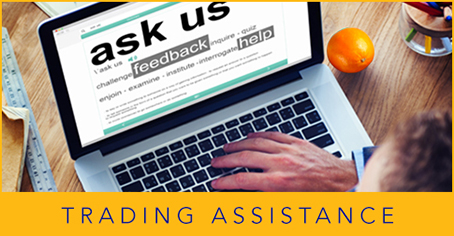One approach to meeting these requirements is for the “shipper,” often a truck broker, to instruct the carriers it hires, as part of its carrier onboarding process, as to (i) its trailer and equipment specifications; (ii) its cleaning instructions regarding frequency (and/or triggering events, e.g., an odor from a prior haul) and method; (iii) the need for the carrier to maintain air temperatures in the conveyance as instructed on the bill of lading or as instructed by the shipper if no temperature instruction appears on the bill of lading, or if conflicting bills of lading are issued (as when multiple pickups are involved in a single shipment); and (iv) the need to record air temperatures in transit and to present temperature records to the shipper or receiver upon request. “One-time notification” is sufficient under the Rule.
Burroughs of TIA supports this approach: “We even offer our members a sample checklist to use when working with their motor carrier and customers.”
Additionally, although arguably redundant in light of Section 1.908(a)(6) (quoted above) when working with carriers subject to the Rule (annual revenue in excess of $500,000), shippers may want to instruct carriers during the onboarding process that if any food product is subjected to temperature abuse, or comes loose from shipping containers, or if any seals must be broken prior to delivery to the contract destination, the shipper is to be contacted for instructions before the product is sold or otherwise distributed.
Under Section 1.908(b) of the Rule, shippers are also expected to communicate safety specifications to “loaders.” Loaders are defined by the Rule as, “a person that loads food onto a motor or rail vehicle during transportation operations,” which would include produce suppliers and coolers alike.
One approach to communicating with loaders is for the shipper to provide a food safety ‘checklist’ or ‘load sheet’ which the loader agrees to incorporate into its loading procedures for each of the shipper’s loads.
As an example, this checklist might provide that loaders are to confirm that: (i) the trailer is clean and free from any off-odors; (ii) the trailer’s walls, insulation, and air delivery chute are intact and in good condition; (iii) a portable temperature recorder is placed in the trailer; and (iv) temperature instructions are given to the carrier.
Additionally, the shipper’s checklist may provide that the loader’s equipment (e.g., forklifts) and loading area are clean and workers wash their hands and meet adequate standards for hygiene.
“It’s important to ensure that brokers work with their customers to ensure that all necessary sanitary requirements are relayed properly to motor carriers and, when necessary, the loader,” Burroughs explains. “One way to meet this requirement is to include all information in writing through a rate confirmation.”
What to Do If…You Load Produce onto Carriers
Section 1.908(c) of the Rule provides requirements specific to “loaders.” These requirements are in addition to any instructions the shipper may give to the loader under Section 1.908(b) (discussed above).



